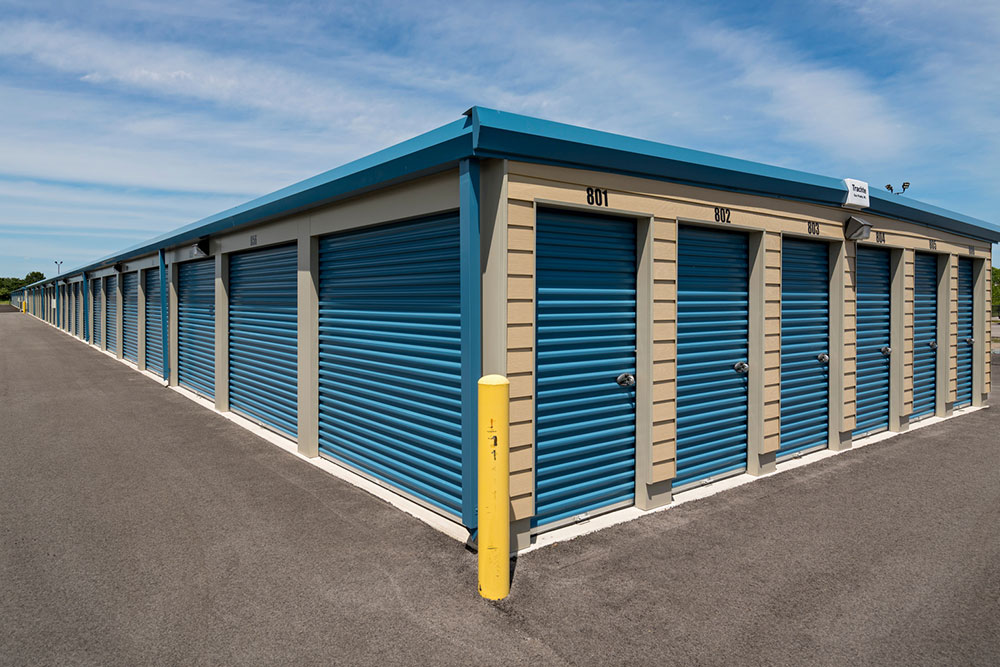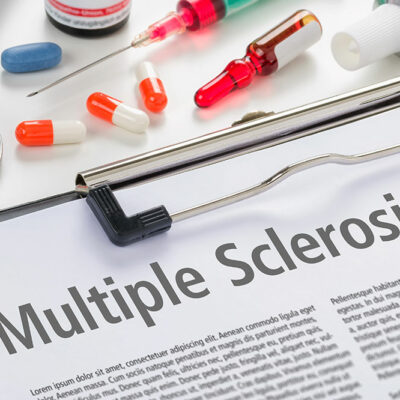7 things to remember when choosing a self-storage facility

One might want to reduce items in their home for various reasons, including excessive clutter, or for a brief period during renovations or relocation. One of the best ways to do this is by renting a self-storage facility. The facility is a secure, convenient, and easy-to-find option for those in need of storage for the short or long term. For those who intend to rent one, here are seven things to remember.
Decide on the type of storage required
Before renting a self-storage facility, it’s important to decide on the type of storage required. One should consider the items one plans to store and choose a unit that provides enough space to move around and perform tasks like moving things in and out of the locker. One must not pack the storage space wall to wall or floor to ceiling to ensure ample space to move around and get the required items out.
Consider the features
Apart from the size of the storage unit, one should also consider the necessary features. For instance, if there are temperature-sensitive items, they may require an indoor climate-controlled unit. If one intends to store valuables, one will want a unit with good security and monitoring.
Get insurance
In addition to having good security for valuables, one should also ensure that the storage unit is insured. It is important to check if the renter’s insurance or homeowner’s insurance policy covers items in the storage unit. If it does not, the individual should inquire about the cost to include the items or purchase insurance from the storage facility. Furthermore, if one chooses a major national or regional storage facility, they might get insurance inclusive at a nominal fee.
Read reviews
Like most businesses, self-storage facilities are typically listed online, so it’s easy to find and read reviews from current and past clients. These reviews can provide valuable insights into what to look for before renting a unit, such as the level of after-sales service, security measures, and overall cleanliness and hygiene. By reading reviews from other customers, one can make a more informed decision about which self-storage facility suits one’s requirements.
Compare gate and office hours
Several storage facilities only post their gate hours to market the location like it’s open later than it truly is. One should note that the gate hours are the time when one can access their storage unit, whereas the office hours are usually shorter. So, if one needs to speak to someone about any concerns, they can only do so during office hours. Therefore, it’s crucial to check gate and office hours before renting a storage unit to ensure they are convenient for one’s needs.
Make an in-person visit
While renting storage units online or over the phone has become a trend, one must make an in-person visit before paying any premium. This will help one verify whether the dimensions, features, security, and other aspects of the space are as per the brochure.
Don’t rush the decision
Rushing the decision when renting a storage unit could result in one getting less value for their money. For example, they might not get ample space or pay for features that were never required. One should ensure they take their time when selecting a self-storage facility. The individual should also visit multiple self-storage facilities before making a decision. This will ensure they consider all their odds before making a payment.










